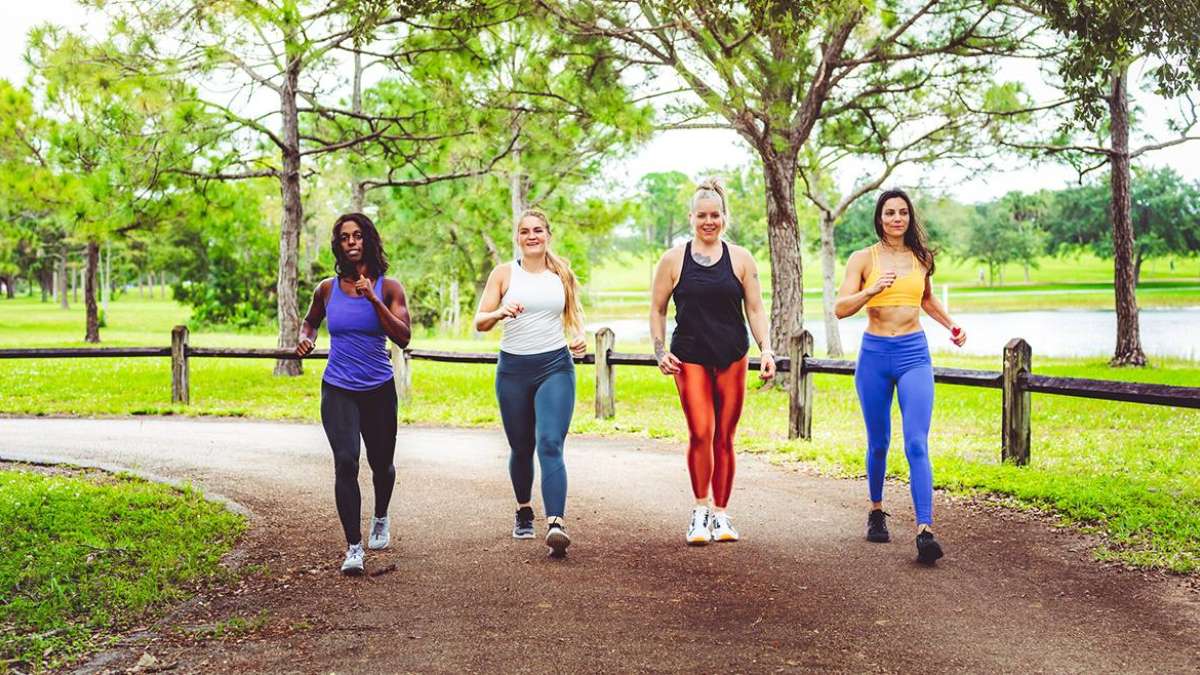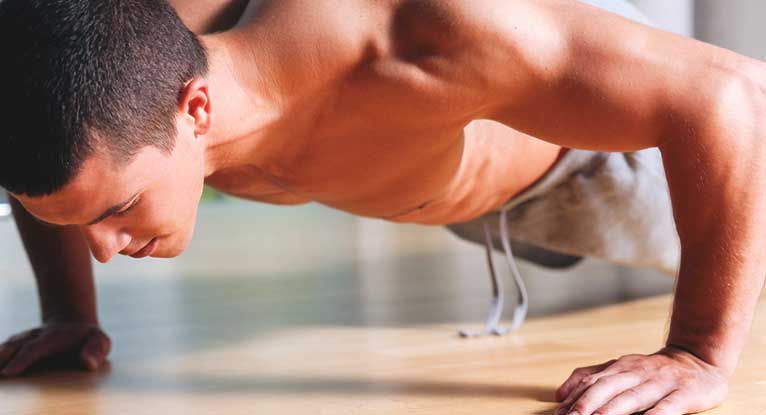Walking is one of the most underrated forms of exercise. It’s free, easy on the joints, and can be done anywhere. But did you know that with a few simple tweaks, your casual stroll can become a fat-burning, metabolism-boosting workout? Let’s explore how you can walk your way to better health and a leaner body with these practical, beginner-friendly tips.
Why Walking Is Great for Fat Loss
Low-Impact, High Rewards
Walking may not seem as intense as running or cycling, but it can be just as effective for burning fat—especially when done regularly and with purpose. It doesn’t strain your knees or hips, making it ideal for people of all ages and fitness levels.
Burns Calories Without Exhaustion
Unlike high-intensity workouts that leave you gasping for air, walking keeps your heart rate elevated at a steady pace. That’s the sweet spot for fat-burning. Depending on your weight and pace, a 30-minute brisk walk can burn between 150 to 300 calories.
Tip 1: Walk at a Brisk Pace
Push Past Your Comfort Zone
A slow stroll won’t cut it if fat loss is your goal. Aim for a pace that makes you breathe harder but still allows you to talk. This is called the “fat-burning zone” because your body is primarily using stored fat as fuel.
Use a Tracker or Phone App
Track your steps per minute with a pedometer or app. A brisk pace typically falls between 100 to 130 steps per minute. Walking apps like MapMyWalk or Google Fit can keep you motivated and consistent.
Tip 2: Use Proper Walking Form
Engage More Muscles
To maximize fat burn, walk with purpose. Keep your back straight, shoulders relaxed, and core engaged. Swing your arms naturally to increase calorie expenditure and momentum.
Land Softly and Roll Through
Don’t stomp or shuffle. Land on your heel and roll through your step, pushing off with your toes. This form not only prevents injuries but also activates your glutes and calves for more toning benefits.
Tip 3: Add Inclines or Hills
Boost Your Calorie Burn
Incline walking challenges your muscles more than flat ground. It targets your hamstrings, glutes, and calves while increasing heart rate faster. This makes it a powerful way to burn more fat in less time.
Use Treadmill Settings or Natural Terrain
If you’re walking indoors, increase the treadmill’s incline to simulate hill walking. Outdoors, choose routes with gentle hills or stairs for a natural fat-burning push.
Tip 4: Add Intervals to Your Walk
Alternate Speeds for Better Results
Interval training isn’t just for runners. Walk at a normal pace for 2 minutes, then speed up to a power walk for 1 minute. Repeat this cycle throughout your walk to spike your heart rate and boost your metabolism.
Try Time or Distance-Based Intervals
Mix it up. One day, do time-based intervals (e.g., 30 seconds fast, 2 minutes slow). The next day, do distance-based (e.g., walk one block fast, two blocks normal). This variety keeps your body guessing—and burning fat.
Tip 5: Add Weights to Your Walk
Light Dumbbells or Weighted Vests
Carrying light dumbbells or wearing a weighted vest can increase calorie burn and activate upper body muscles. Keep weights light (1–5 lbs) to avoid straining your shoulders or wrists.
Use Natural Resistance
If you don’t have equipment, carry a backpack with water bottles or walk with grocery bags. Just be sure to balance the load evenly on both sides.
Tip 6: Include Bodyweight Moves
Turn Breaks Into Mini Workouts
Stop every 5–10 minutes and do a quick bodyweight move like squats, lunges, or push-ups. These exercises raise your heart rate and build lean muscle, which boosts fat-burning even after your walk is over.
Try a Circuit Format
Create a simple circuit: walk briskly for 5 minutes, do 10 squats, 10 lunges, and 10 jumping jacks. Repeat this pattern for 30–40 minutes for a full-body walking workout.
Tip 7: Walk Longer or More Often
Consistency Beats Intensity
Walking every day—even for just 20–30 minutes—adds up fast. If weight loss is your goal, aim for 45–60 minutes at least five times a week. You can split this into two shorter walks if needed.
Extend Your Weekend Walks
Use weekends for longer, more scenic walks. Go for a hike, walk around a lake, or explore a new neighborhood. The change of scenery keeps things interesting and enjoyable.
Tip 8: Walk With a Purpose
Turn Errands Into Exercise
Instead of driving everywhere, walk to the grocery store, the bank, or even to grab coffee. These small shifts in daily habits can significantly increase your weekly calorie burn.
Get a Walking Buddy
Walk with a friend or family member. Having someone to chat with makes the time fly and keeps you accountable. You’ll be less likely to skip your walk if someone’s counting on you.
Tip 9: Walk After Meals
Manage Blood Sugar and Burn Fat
Walking for 10–15 minutes after meals helps regulate blood sugar, improve digestion, and prevent fat storage. A post-dinner walk is a great way to wind down and sneak in extra steps.
Turn It Into a Routine
Make it a daily ritual. Walk the dog, take your kids for a stroll, or listen to an audiobook. Over time, it becomes a habit that supports your fat-loss goals naturally.
Tip 10: Stay Hydrated and Fueled
Water Helps Burn Fat Efficiently
Dehydration can slow your metabolism and make you feel sluggish. Drink water before and after your walk. If you’re walking for over 60 minutes, consider a small snack to keep your energy levels up.
Eat for Energy and Recovery
Pair your walking habit with a clean, balanced diet. Lean proteins, veggies, whole grains, and healthy fats fuel your body and support fat-burning. Avoid sugary drinks and snacks before walks—they’ll spike and crash your energy.
Final Thoughts
You don’t need to join a gym or invest in fancy equipment to start losing fat. Walking is one of the most effective and sustainable ways to shed pounds—when done right. By adding speed, hills, intervals, and a few strength moves, your daily walk can evolve into a powerful workout. Combine it with mindful eating and consistency, and you’ll be well on your way to a stronger, leaner, healthier you. So lace up those sneakers and walk your way to transformation—one step at a time.










